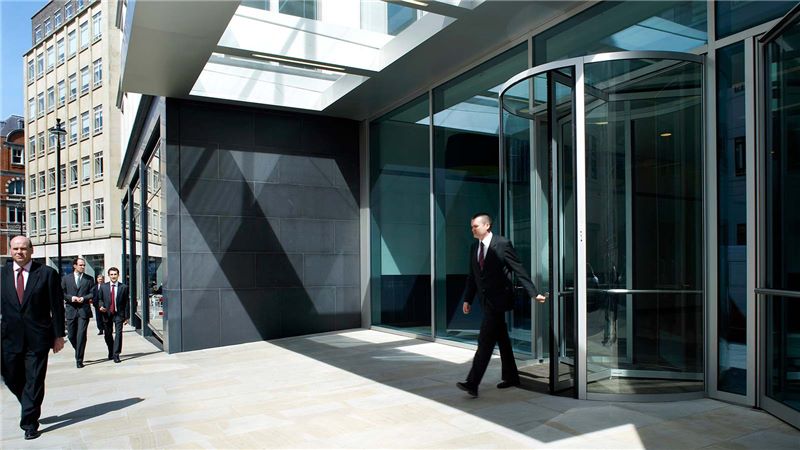Buildings: Now is the time for efficiency
Opportunity awaits amid the current challenges affecting commercial property markets. As heightened vacancy rates give way to new models combining work and wellbeing, the market’s reset provides an inflection point for the advancement of building energy efficiency.
According to the U.S. Energy Information Administration, commercial and residential buildings account for 76 percent of electricity use, 40 percent of all energy consumption and about one-third of the world’s greenhouse gases. And while new buildings regularly incorporate carbon-neutral features, far greater value remains to be realized with improvements to existing buildings.
Waste not
One key area for improvement is addressing pervasive waste. On average, the Department of Energy cites that 30 percent of all energy used in commercial buildings is wasted. In present-day economic terms, the federal government calculates the cost of that waste at $150 billion per year—over $170 million per hour in perpetuity until resolved. That’s real money that could be put to productive use to create value.
While vacancies reduce energy demand and emissions in the present, the reimagining of today’s vacant spaces holds next-level potential to improve energy efficiency in the built environment, aided by a combination of government incentives, advances in smart building technologies, and high-efficiency heating, ventilation, and air conditioning systems.
At the same time, increases in the availability of renewable power and reduced reliance on coal-fired electricity have enabled the United States to substantially reduce CO2 emissions while increasing the proportion of low-carbon sources in the nation’s energy portfolio. The amount of electricity generated from renewable sources in the U.S. has grown from just three percent in 2011 to 21 percent today, and the nation now is on pace to reach the halfway point of its 50 percent emissions reduction target by 2030.
Federal laws, like the Inflation Reduction Act (IRA), Infrastructure Investment and Jobs Act, and the CHIPS and Science Act, have spurred more than a half-trillion dollars in clean energy and efficiency investments across residential, commercial, and manufacturing sectors since their enactment in 2021 and 2022.
Catalyst for change
Together, these trends form the catalyst for positive change advancing sustainable and resilient solutions for new and reimagined property and infrastructure. The winners will be owners with the capacity and wherewithal to capitalize on the full array of incentives, market movements, and technologies available to reimagine and reshape property portfolios to eliminate energy waste, reduce demand loads, and optimize efficiency with structural retrofits, equipment and technology upgrades, and integration of natural capital and circularity strategies.
At Mace, we’re increasingly engaging with clients to improve energy efficiency and resiliency in their property portfolios, from greenfield developments to conversion and revitalization projects across sectors—office, residential, and retail properties, hospitality, healthcare, pharmaceuticals, manufacturing, technology and public infrastructure. The golden thread through every program is continuous improvement, creating value with incremental measures and feasible investments fit for each organization’s circumstances to eliminate energy waste, reduce demand, and increase efficiency over time. What matters most is to keep moving the needle at a pace that supports value creation and embeds adaptability of the assets to withstand future shocks from climate, health, socioeconomic, or security threats.
Importantly, change management is critical to success of any program. In our view, efficiency has been met with complacency for far too long because it requires human behavior change. So, along with the tools and technologies available to ease the adoption of energy efficient habits, we’re mindful that it’s ultimately a matter of choice. Only by educating and empowering people and organizations to adopt energy-wise habits can we realize the full and substantial promise of efficiency in our reach.












